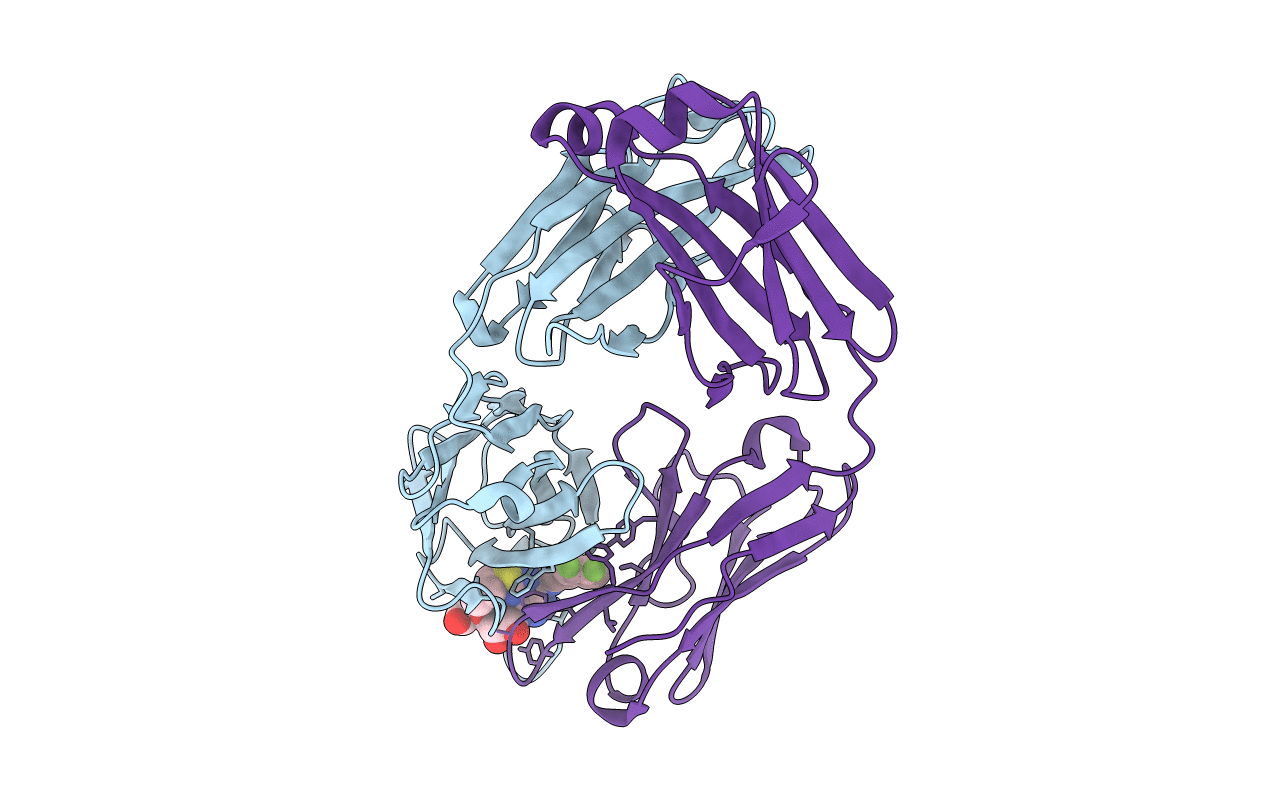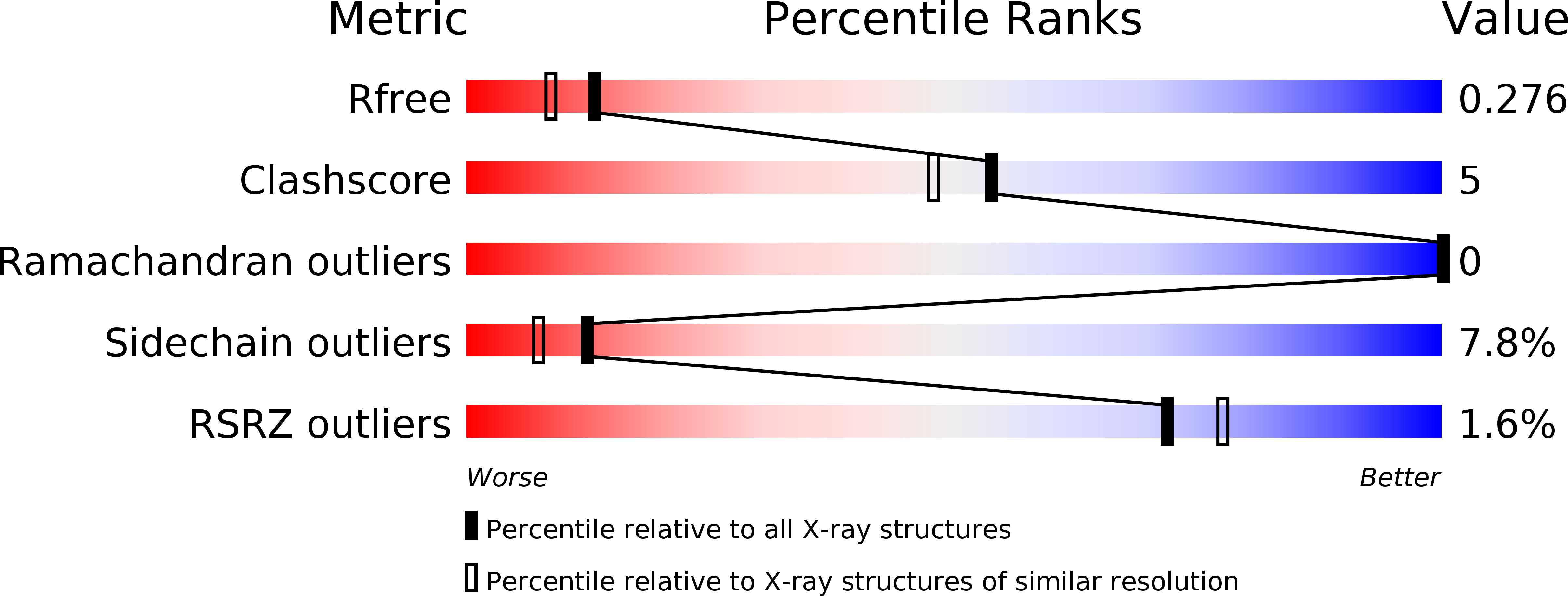
Deposition Date
2015-03-07
Release Date
2015-04-01
Last Version Date
2024-11-20
Entry Detail
PDB ID:
5ALB
Keywords:
Title:
Ticagrelor antidote candidate MEDI2452 in complex with ticagrelor
Biological Source:
Source Organism:
HOMO SAPIENS (Taxon ID: 9606)
Host Organism:
Method Details:
Experimental Method:
Resolution:
2.16 Å
R-Value Free:
0.25
R-Value Work:
0.21
R-Value Observed:
0.21
Space Group:
P 21 21 2


